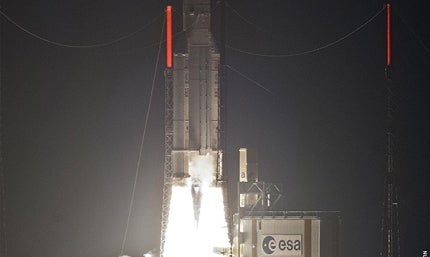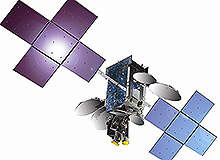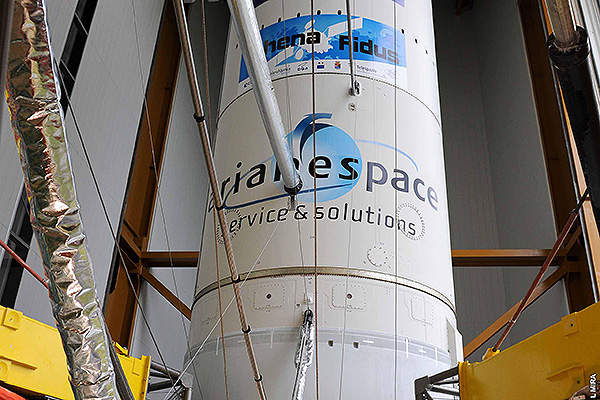
ABS-2 telecommunication satellite was launched into space by the Ariane 5 launch vehicle in February 2014. The satellite was launched from the Guiana Space Centre located at European Spaceport in Kourou, French Guiana. The satellite was designed and developed by Space Systems/Loral (SS/L) and is operated by Asia Broadcast Satellite (ABS).
The multi-mission C-, Ku- and Ka-band ABS-2 satellite will be placed at 75° east longitude, which is the operator’s prime orbital position. The satellite will offer a wide range of services including telecommunications, direct-to-home (DTH) broadcasting, multimedia and data transmission services. It will serve approximately 60% of the world’s population across four continents.
ABS-2 design and development
Related content
Inmarsat-5 Telecommunications Satellite, United States of America
The Inmarsat-5 (I-5) is a telecommunication satellite principally used to render mobile broadband communications for the entire globe.
The contract for the design and construction of ABS-2 was awarded to Space Systems/Loral in October 2010. The satellite was constructed at Palo Alto, California, and has a design life of more than 15 years. It has 12kW of payload power and weighed over 6,330kg at the time of launch.
ABS-2 was delivered to the launch base in December 2013, where the pre-launch operation was conducted. The satellite was integrated with the full payload stack by the end of January 2014.
ABS-2 satellite bus platform
ABS-2 is based on the LS-1300 platform developed by SS/L. The satellite bus has a total power capacity ranging between 5kW and 25kW, and can support 12 to 150 active transponders.
The satellite bus platform was first introduced in the mid-1980s. It is a lightweight and high-strength structure, is fuel-efficient and is equipped with station-keeping subsystems, solar arrays and batteries, and advanced command and control subsystems.
Ariane 5 launch vehicle
Ariane 5 ECA (Cryogenic Evolution type A) is an improved Ariane 5 generic launch vehicle designed to accommodate heavier payloads that enables dual launch. The mission, designated as Ariane Flight VA217, launched the ABS-2 satellite along with Athena-Fidus, a French-Italian satellite developed by Telespazio.
The total payload lift performance of the launch vehicle for the Ariane Flight VA217 mission was approximately 10,210kg. The vehicle is equipped with SYLDA dual-passenger dispenser system and satellite integration hardware. It is the first launch for Arian 5 in 2014 and the 58th successful launch in a row.
ABS-2 communication capabilities
ABS-2 is fitted with advanced data-handling systems, including 89 active C-, Ku- and Ka-band transponders across ten different beams. The satellite’s six high-powered Ku-band beams will provide DTH services in the eastern hemisphere, while the C-band beams will provide connectivity requirements in Africa and South East Asia.
The Ka-band beam will provide service for both commercial and military applications in the Middle East and North African regions.
ABS operations and ground control station
The primary tracking, telemetry and control services for the ABS satellite fleet are provided from the Subic Space Centre (SSC) located in the Philippines. The SSC facility offers satellite control, prediction and orbit determination services. It also facilitates on-station operations and provides payload and client traffic monitoring services.
Through its worldwide teleports and alliances with world-class partners, ABS offers SCPC, MCPC, Playout, Encryption, Turn-around, Uplink, Co-location, IP backbone, VSAT services as well as terrestrial interconnection to major carriers’ or broadcasters’ point-of-presence. ABS also provides a full Network Operations Center (NOC) managed 24/7 by highly trained professionals.







